Home>Construction & Tools>Building Materials>How To Paint Brick Homes
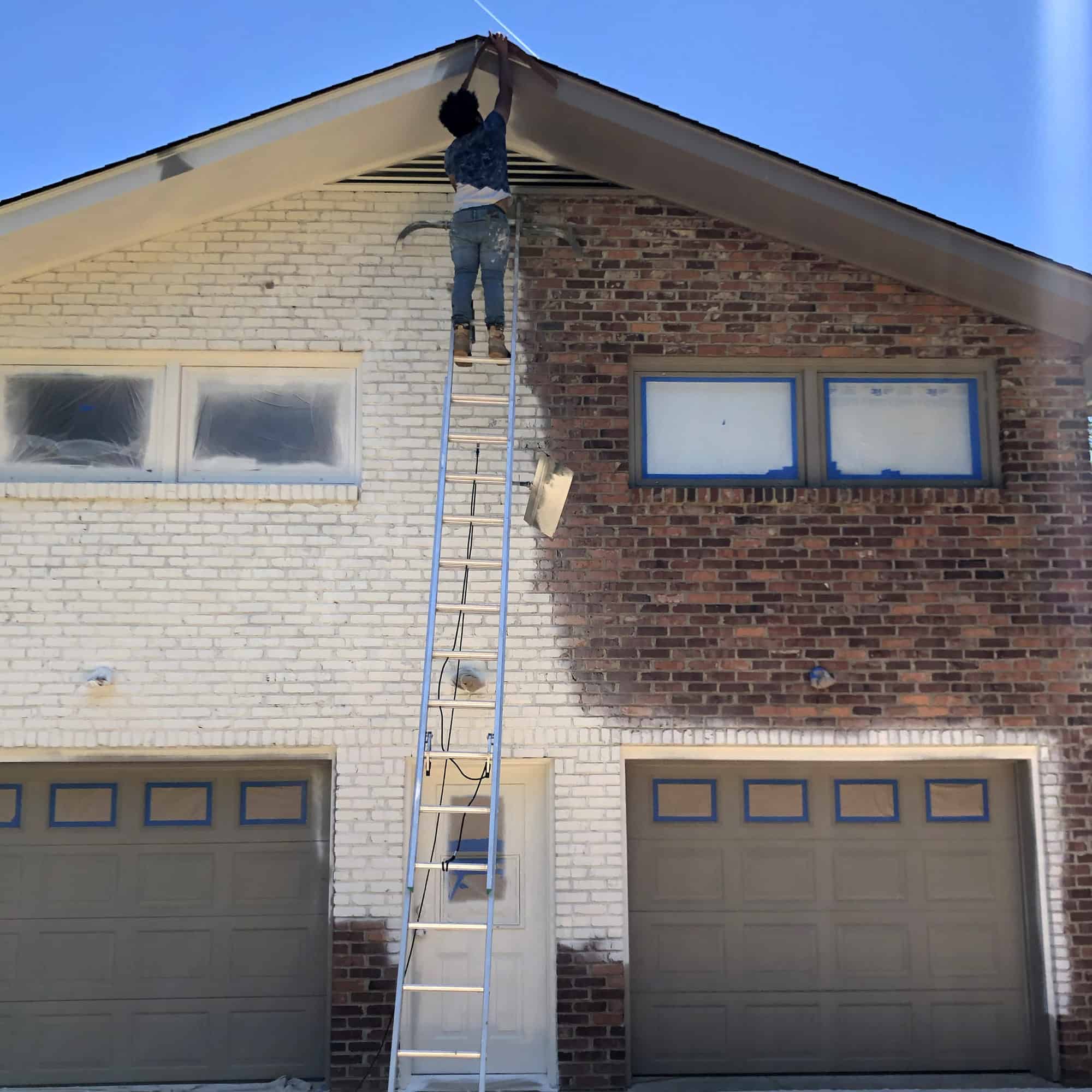

Building Materials
How To Paint Brick Homes
Modified: August 28, 2024
Learn how to paint brick homes using the best building materials. Transform the look of your home with our expert tips and techniques.
(Many of the links in this article redirect to a specific reviewed product. Your purchase of these products through affiliate links helps to generate commission for Storables.com, at no extra cost. Learn more)
Introduction
Read more: How To Paint Brick Pavers
Introduction
Painting brick homes can significantly enhance their curb appeal and provide a fresh, updated look. Whether you want to revitalize the exterior of your home or add a modern touch to an interior brick wall, painting brick surfaces can be a rewarding project. However, it's essential to approach this task with careful consideration and attention to detail to achieve a successful and long-lasting result.
When it comes to painting brick, there are several crucial factors to take into account, including surface preparation, paint selection, application techniques, and ongoing maintenance. By understanding these key elements and following best practices, you can achieve a professional-looking finish that withstands the test of time.
In this comprehensive guide, we'll explore the step-by-step process of painting brick homes, from preparing the surface to choosing the right paint and applying it effectively. Additionally, we'll delve into the essential aspects of maintaining painted brick surfaces to ensure their longevity and visual appeal. Whether you're a seasoned DIY enthusiast or a homeowner considering professional assistance, this guide will equip you with the knowledge and insights needed to embark on a successful brick-painting project. Let's dive in and discover the art of transforming brick surfaces with the power of paint.
Preparing the Surface
Key Takeaways:
- Transform brick surfaces with a fresh coat of paint for a modern, updated look. Follow careful preparation, choose the right paint, and apply it with precision for a professional, long-lasting finish.
- Preserve the beauty of painted brick with regular maintenance. Clean gently, inspect for damage, and consider reapplying sealant for exterior brick. Stay proactive to ensure lasting visual appeal.
Preparing the Surface
Before diving into the painting process, thorough surface preparation is essential to ensure optimal paint adhesion and a smooth, long-lasting finish. Brick surfaces, whether exterior walls or interior features, require careful cleaning and inspection before painting. Here are the key steps to prepare the surface for painting:
- Clean the Brick: Start by thoroughly cleaning the brick surface to remove dirt, grime, and any existing paint or sealant. A pressure washer can be effective for exterior brick walls, while a scrub brush and mild detergent are suitable for interior brick surfaces. Allow the brick to dry completely before proceeding.
- Repair Any Damage: Inspect the brick for any cracks, chips, or mortar damage. Repair any issues with suitable masonry repair products, ensuring that the surface is smooth and free of imperfections. Properly addressing any structural issues is crucial for the overall integrity of the painted brick.
- Remove Efflorescence: Efflorescence, the white, powdery residue caused by salt deposits, can mar the appearance of brick surfaces. Use a stiff brush or appropriate cleaning solution to remove efflorescence before painting.
- Apply a Primer: Once the brick surface is clean and dry, apply a high-quality masonry primer. This primer will promote adhesion and create a suitable base for the paint to adhere to, ensuring a more uniform and durable finish.
By meticulously preparing the brick surface, you set the stage for a successful painting process and maximize the longevity of the new finish. Taking the time to address any underlying issues and create a clean, well-primed surface will contribute to the overall quality and resilience of the painted brick.
Choosing the Right Paint
Read more: How To Paint A Brick Pattern
Choosing the Right Paint
When it comes to painting brick surfaces, selecting the appropriate paint is crucial for achieving a durable, attractive finish. The right paint not only enhances the aesthetic appeal of the brick but also provides protection against the elements and everyday wear and tear. Here are essential considerations for choosing the right paint for brick:
- Acrylic Latex Paint: Acrylic latex paint is a popular choice for painting brick due to its durability, flexibility, and ease of application. It adheres well to masonry surfaces, resists cracking, and allows moisture vapor to pass through, preventing issues such as efflorescence.
- Exterior vs. Interior Paint: Determine whether the brick surface to be painted is located outdoors or indoors. Choose an exterior-grade paint for outdoor brick walls to withstand exposure to sunlight, moisture, and temperature fluctuations. For interior brick features, select a high-quality interior paint suitable for masonry surfaces.
- Finish and Color: Consider the desired finish and color for the painted brick. Matte and satin finishes are popular for a more natural look, while semi-gloss and gloss finishes offer enhanced durability and easier maintenance. Select a color that complements the overall aesthetic of your home and aligns with your personal style.
- Breathable Paint: Opt for a breathable paint specifically formulated for masonry surfaces. This type of paint allows moisture to escape from the brick, preventing trapped moisture and potential damage over time.
Additionally, consult with paint professionals or knowledgeable staff at your local home improvement store to ensure that you select a paint product specifically designed for painting brick. By choosing the right paint and finish, you can achieve an attractive, long-lasting result that enhances the visual appeal and durability of the painted brick surfaces.
Applying the Paint
Applying the Paint
Once the surface is meticulously prepared and the appropriate paint selected, it’s time to embark on the painting process. Applying paint to brick surfaces requires attention to detail and the use of suitable techniques to ensure a professional-looking finish. Here are the key steps for effectively applying paint to brick:
- Use a High-Quality Brush or Roller: Select a high-quality paintbrush or roller designed for masonry surfaces. A brush with synthetic bristles or a roller with a thick nap can effectively cover the textured surface of the brick.
- Apply Multiple Coats: Begin by applying a generous coat of paint to the brick, working in small sections to ensure thorough coverage. Depending on the desired opacity and color intensity, additional coats may be necessary. Allow each coat to dry completely before applying the next one.
- Work in a Cross-Hatch Pattern: When using a paintbrush, work the paint into the textured surface of the brick in a cross-hatch pattern, ensuring that the paint penetrates the crevices and mortar joints. For roller application, use a crisscross pattern to achieve even coverage.
- Pay Attention to Drips and Runs: As you apply the paint, be vigilant for drips and runs. Use a brush or roller to smooth out any excess paint and prevent uneven buildup, especially in recessed areas of the brick.
- Touch Up Grout Lines: Pay special attention to the grout lines between the bricks, ensuring that they are evenly coated. A small brush or foam brush can be useful for precision work in these areas.
By employing these techniques and taking a methodical approach to the painting process, you can achieve a beautifully painted brick surface with a professional finish. Additionally, allow the paint to dry and cure according to the manufacturer’s recommendations before subjecting the surface to regular use or exposure to the elements.
Maintaining Brick Surfaces
Read more: How To Paint Brick Backsplash
Maintaining Brick Surfaces
Proper maintenance is essential for preserving the beauty and integrity of painted brick surfaces over time. By implementing routine care and addressing any issues promptly, you can prolong the life of the paint finish and ensure that the brick maintains its visual appeal. Here are key maintenance practices for painted brick surfaces:
- Regular Cleaning: Periodically clean painted brick surfaces to remove dirt, dust, and environmental residue. Use a mild detergent and a soft brush or cloth to gently scrub the surface. Avoid harsh abrasives or high-pressure washing, as these can damage the paint.
- Inspect for Damage: Routinely inspect the painted brick for any signs of damage, such as chipping, cracking, or peeling paint. Address any issues promptly by spot-painting or undertaking necessary repairs to prevent further deterioration.
- Reapply Sealant (For Exterior Brick): If the painted brick is located outdoors, consider reapplying a masonry sealant or water-repellent coating every few years to enhance protection against moisture and UV exposure.
- Address Efflorescence: If efflorescence reappears on the painted brick, address it promptly to prevent it from detracting from the surface’s appearance. Use appropriate cleaning methods to remove efflorescence and consider applying a breathable masonry sealer to mitigate future occurrences.
By integrating these maintenance practices into your regular home care routine, you can preserve the beauty and longevity of painted brick surfaces. Additionally, staying proactive in addressing any issues that arise will contribute to the overall resilience and visual appeal of the painted brick, ensuring that it continues to enhance your home’s aesthetic for years to come.
Frequently Asked Questions about How To Paint Brick Homes
Was this page helpful?
At Storables.com, we guarantee accurate and reliable information. Our content, validated by Expert Board Contributors, is crafted following stringent Editorial Policies. We're committed to providing you with well-researched, expert-backed insights for all your informational needs.
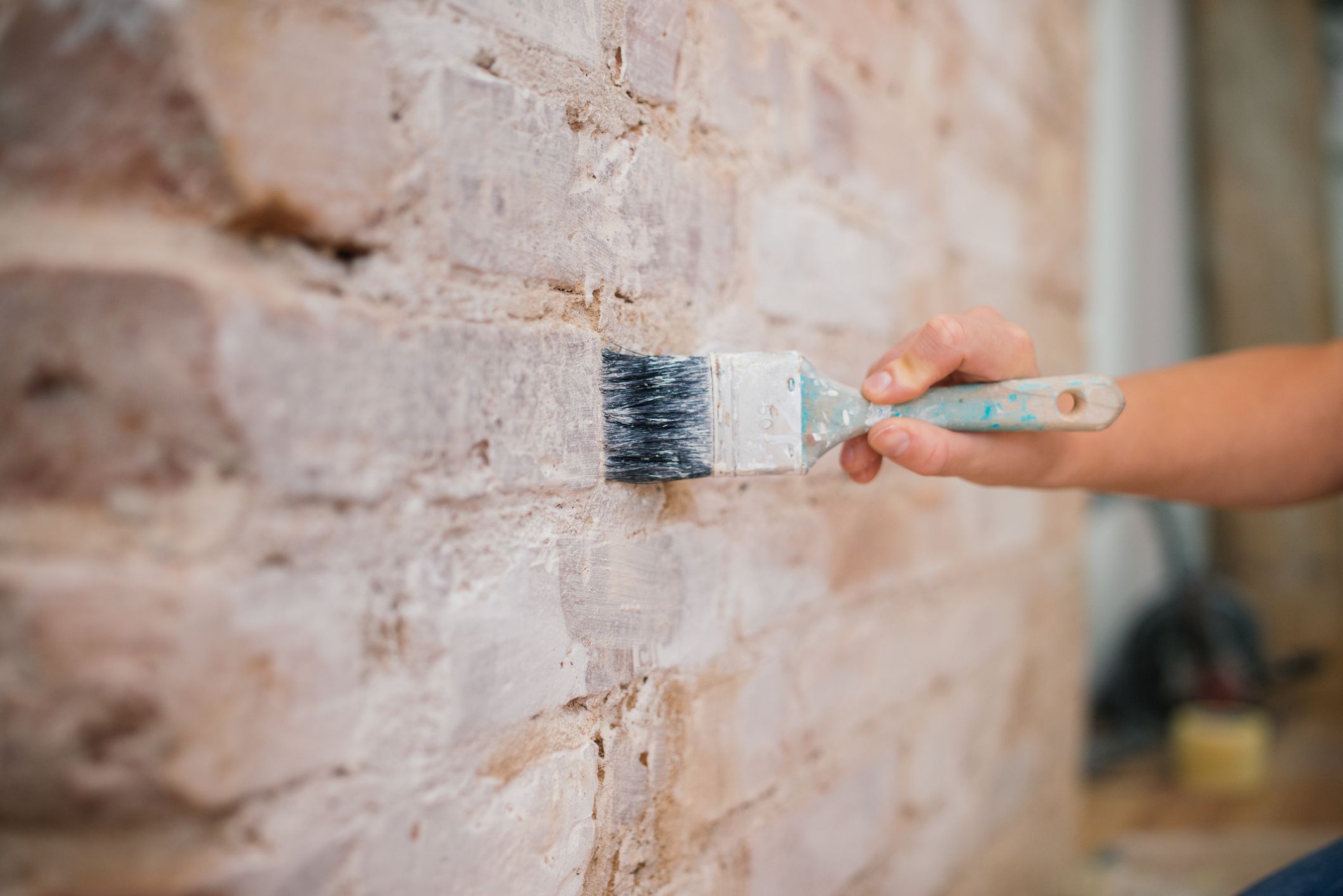
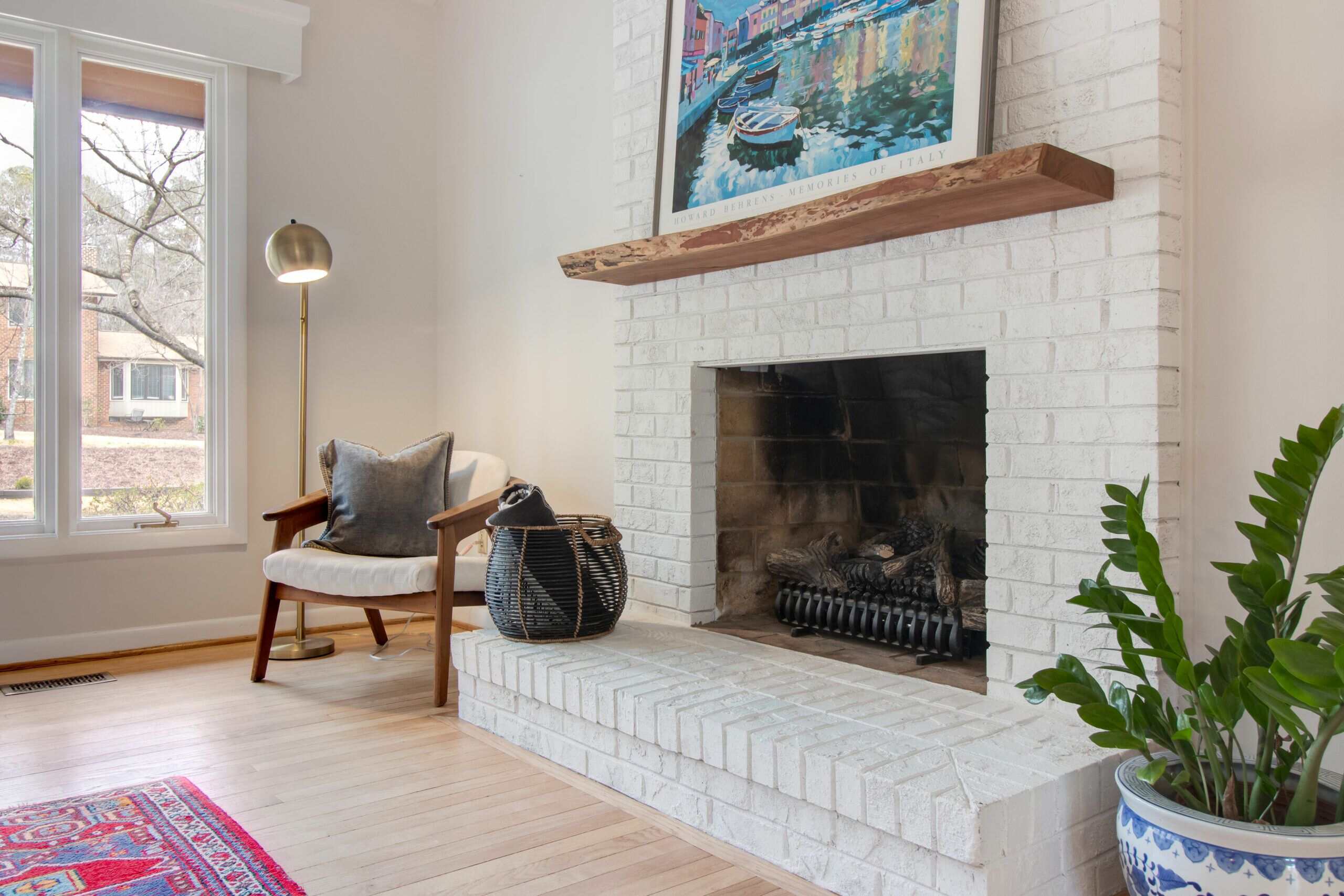
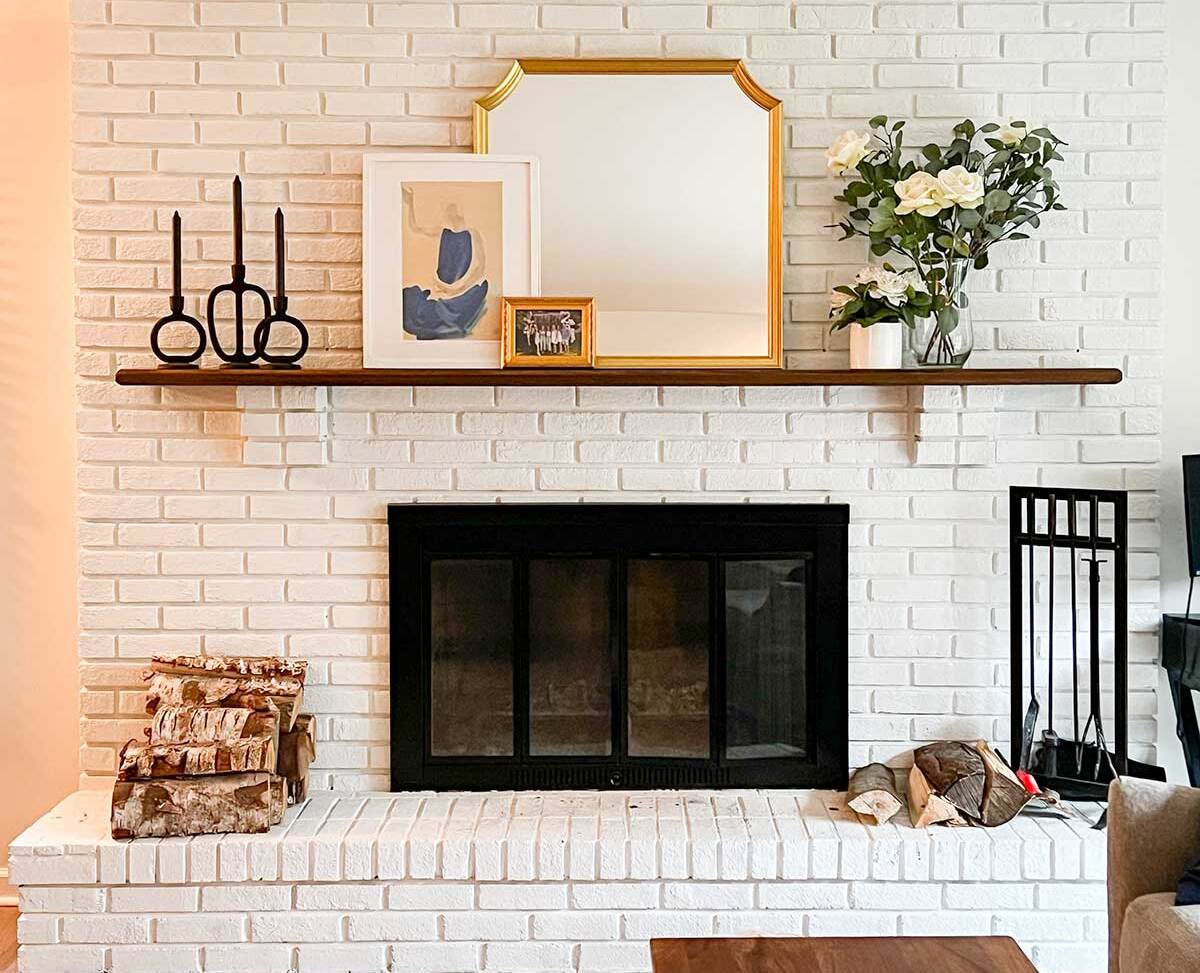
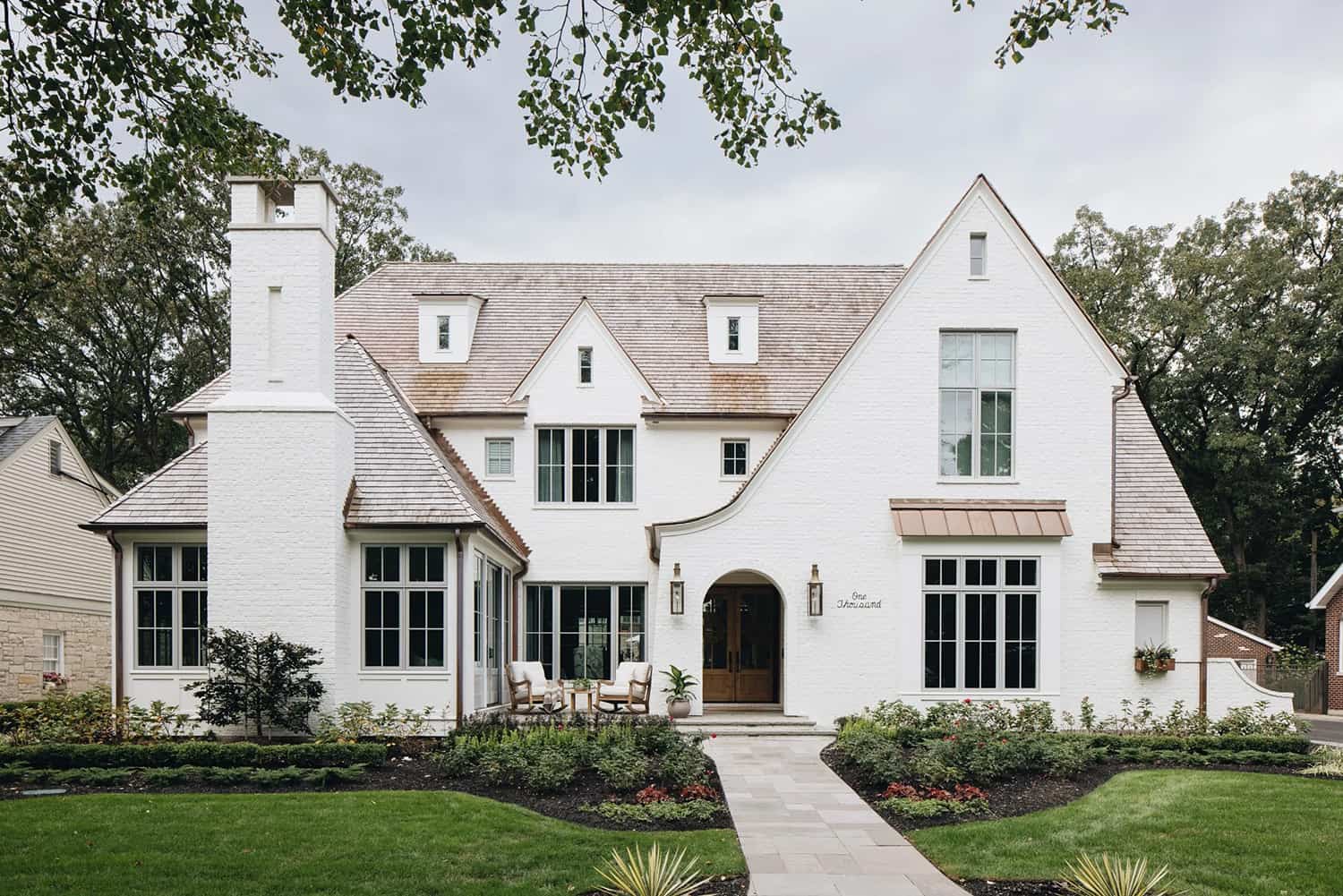
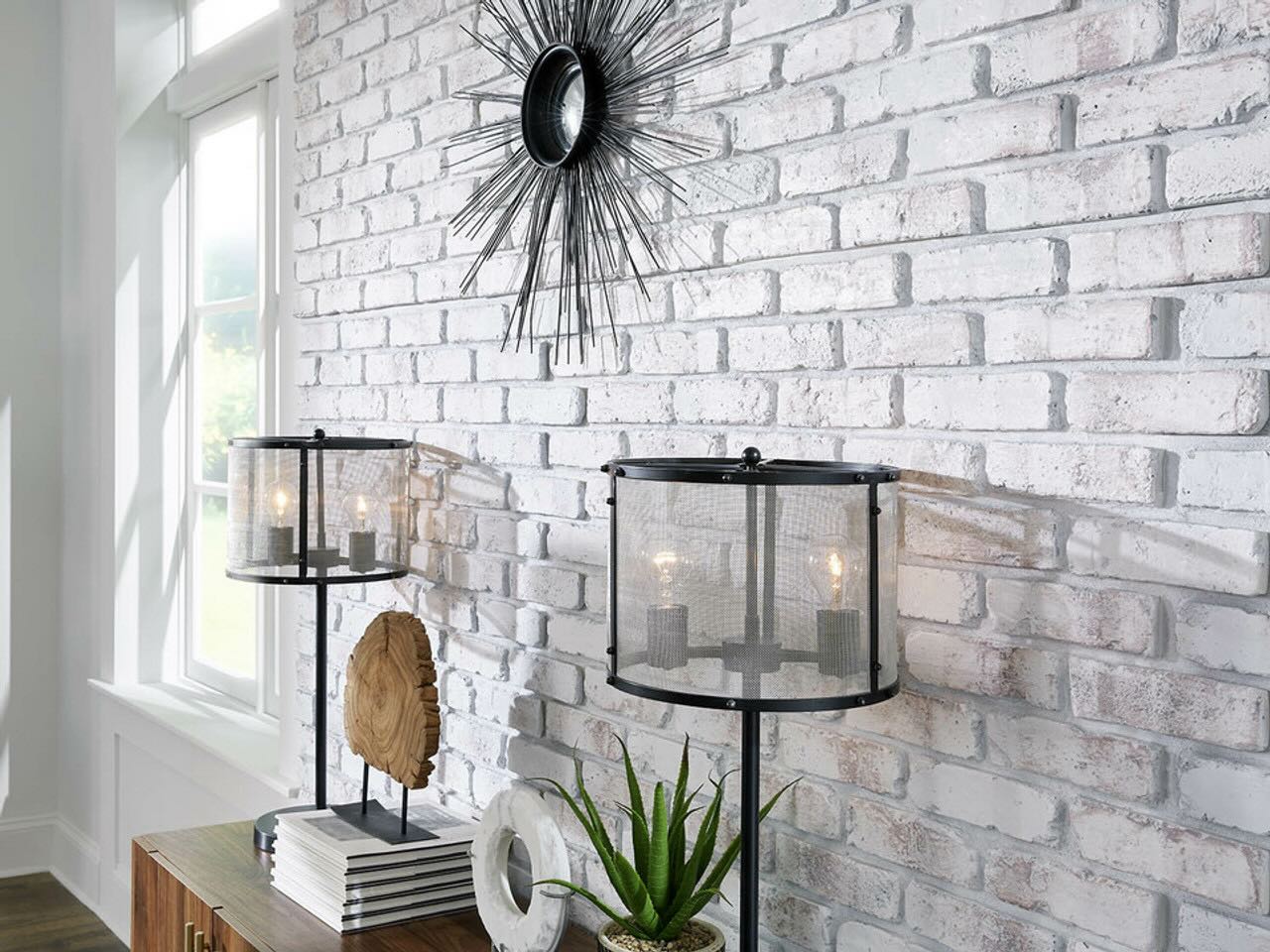

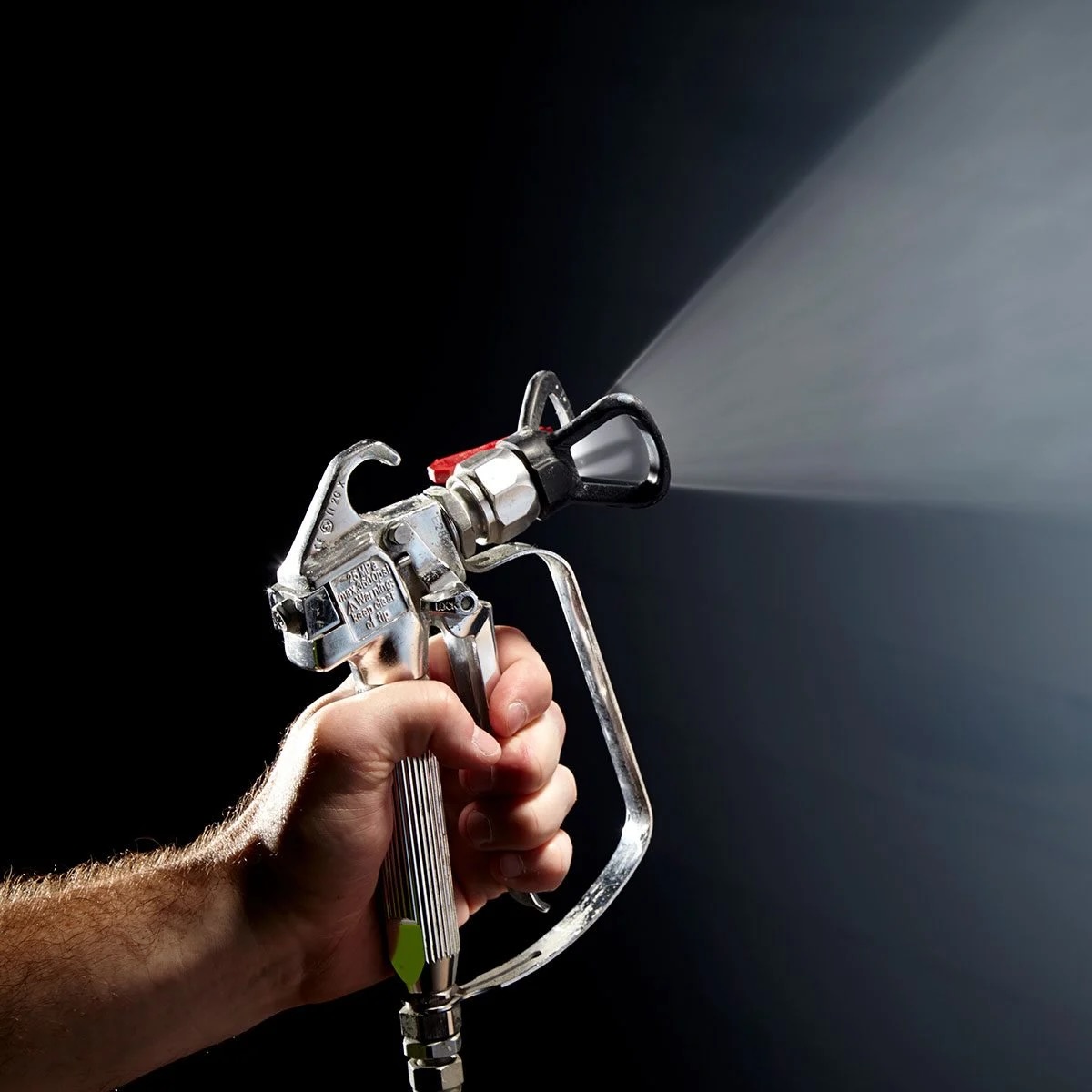
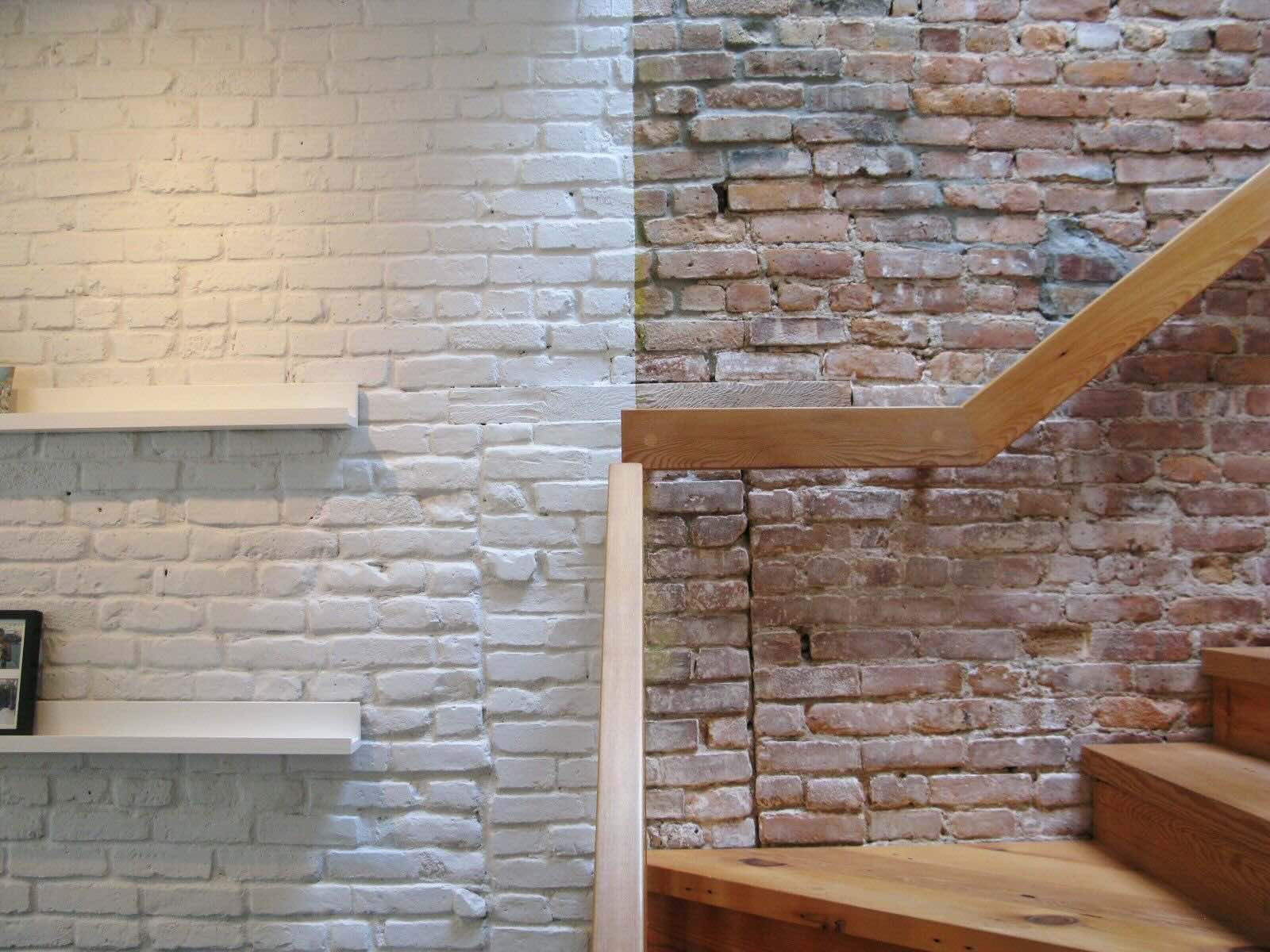
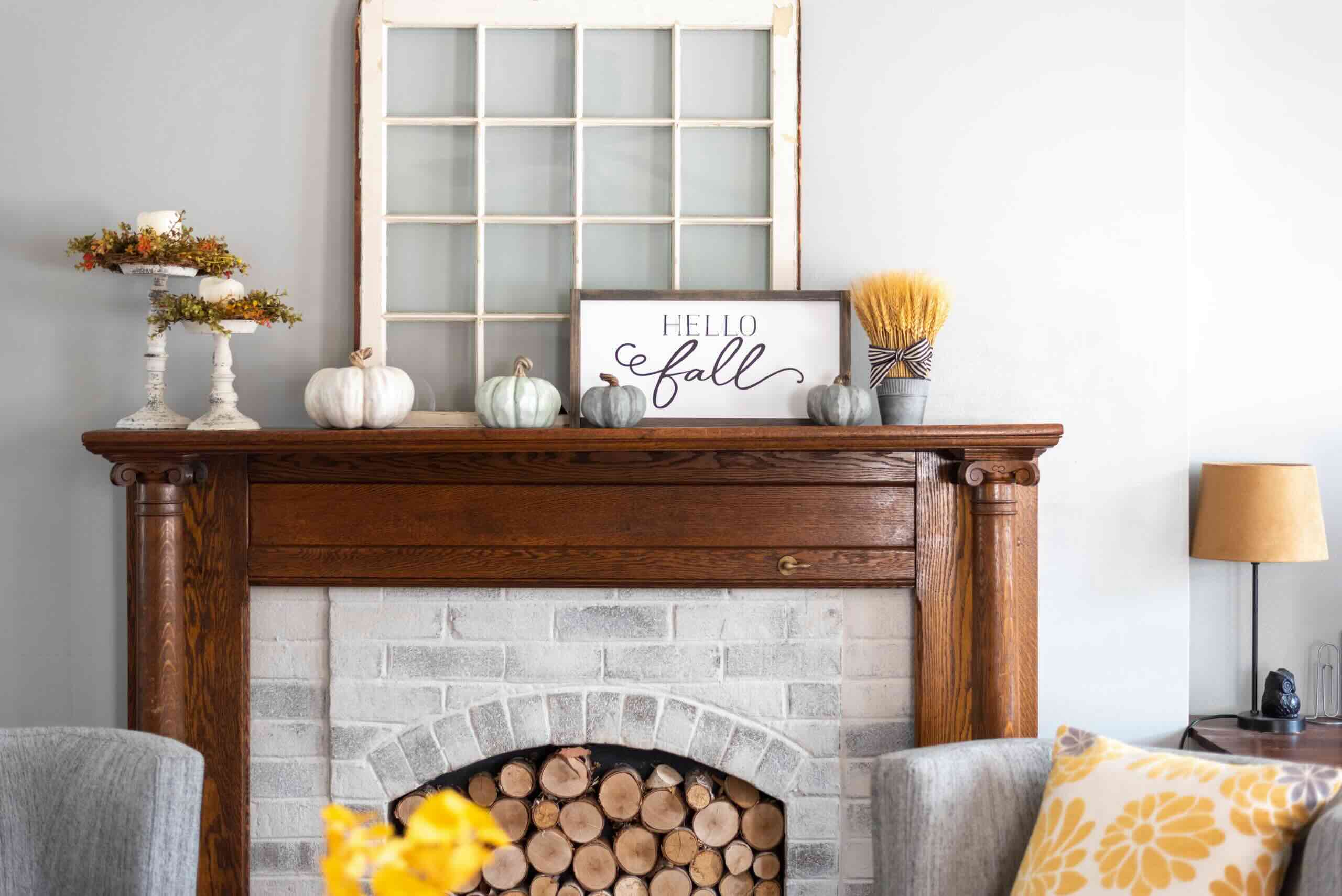
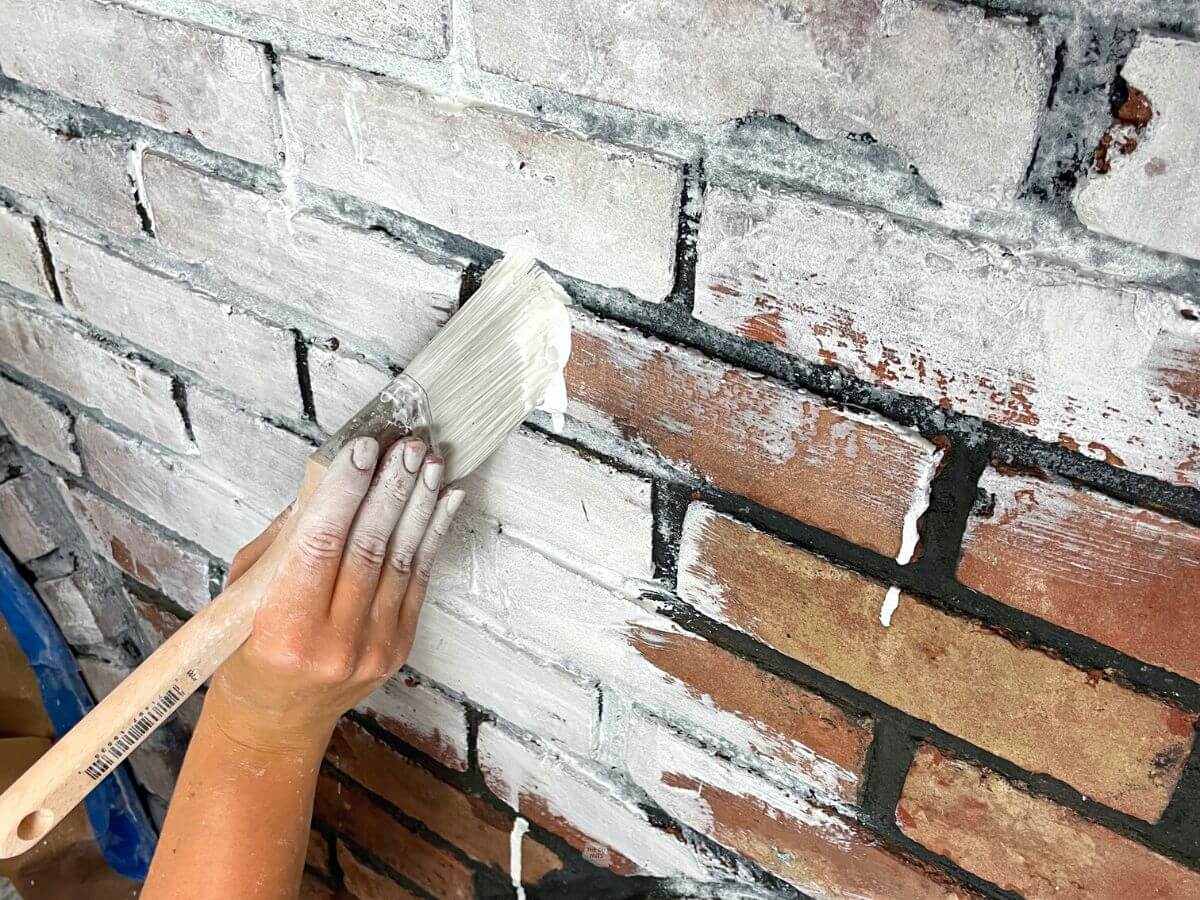
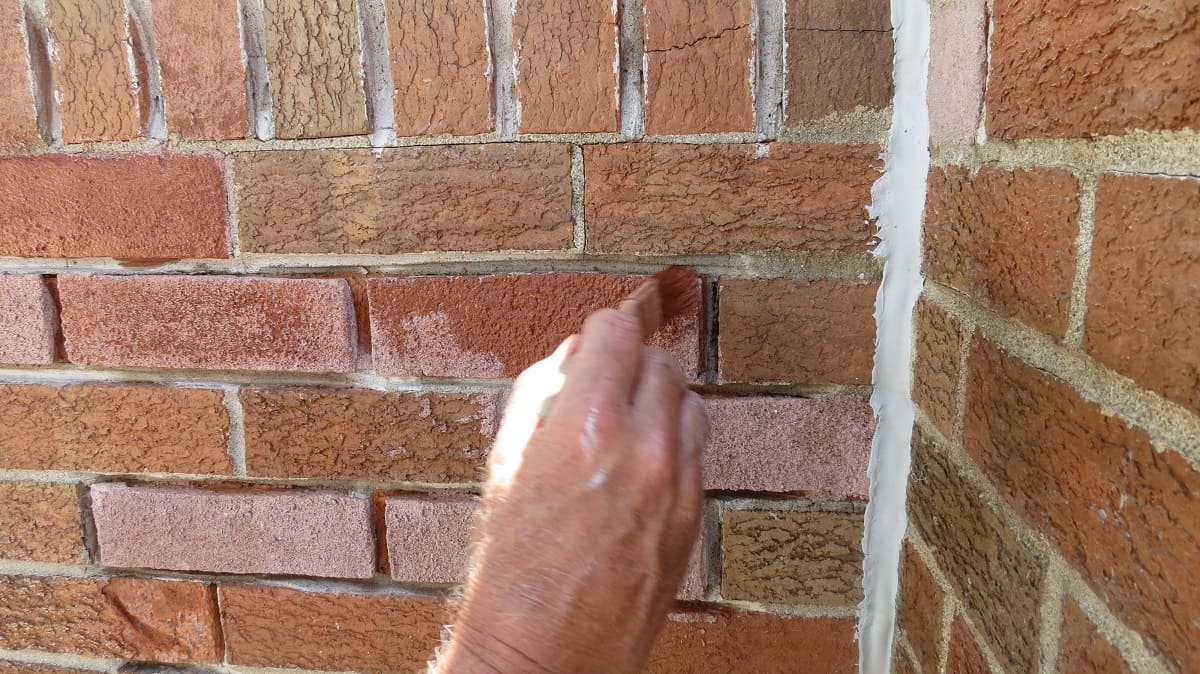

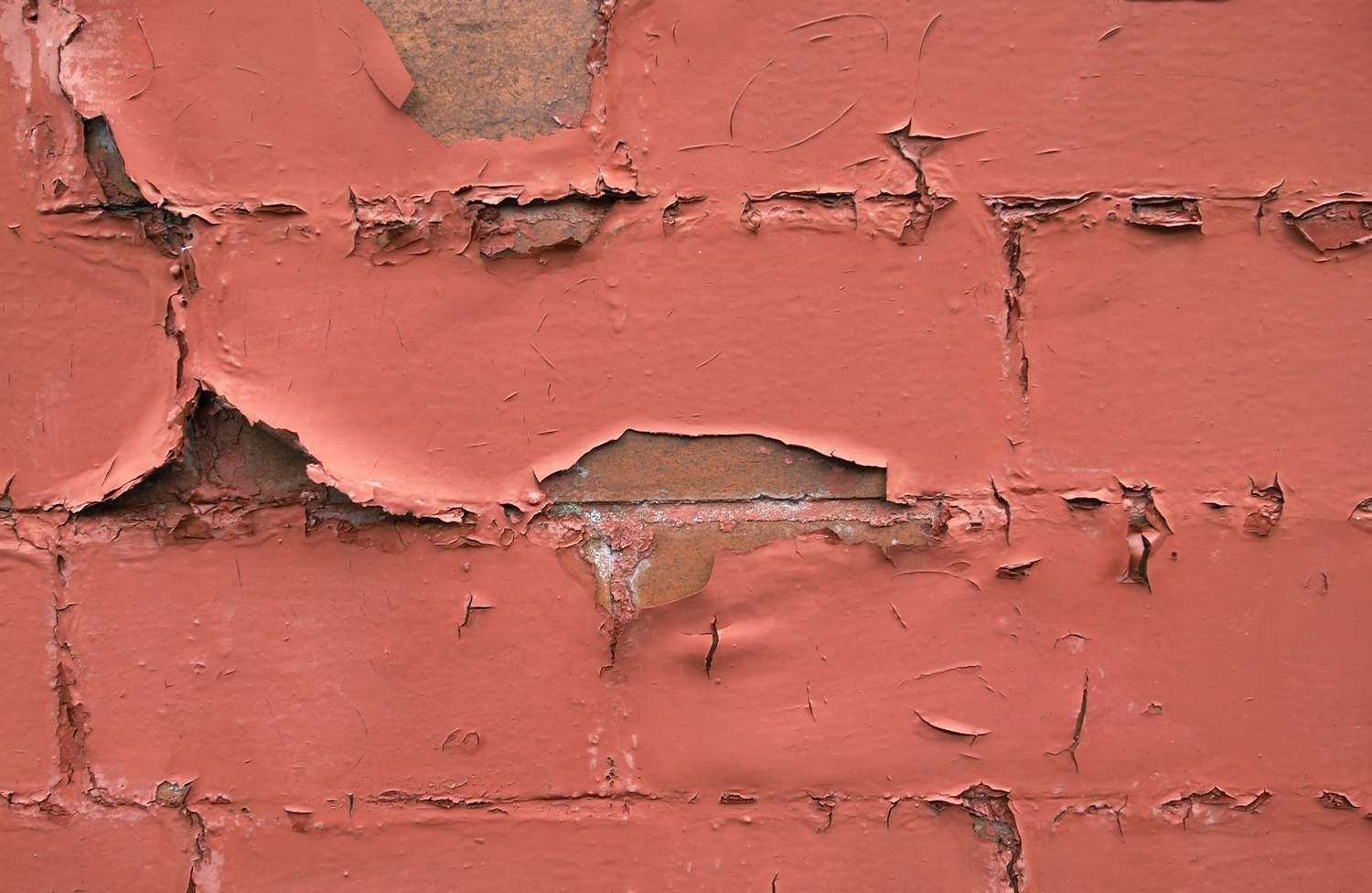

0 thoughts on “How To Paint Brick Homes”